The Physics of Quantum Mechanics in Quantum Chromodynamics
Introduction
Quantum mechanics is a fundamental theory in physics that provides a description of the physical properties of nature at the scale of atoms and subatomic particles. Quantum Chromodynamics (QCD) is a theory of the strong interaction, a fundamental force describing the interactions of the quarks and gluons making up hadrons (such as the proton, neutron or pion). It is the study of the physics of quarks, gluons, and the forces between them.
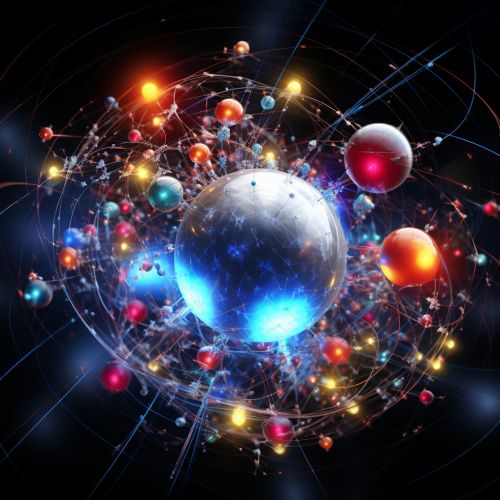
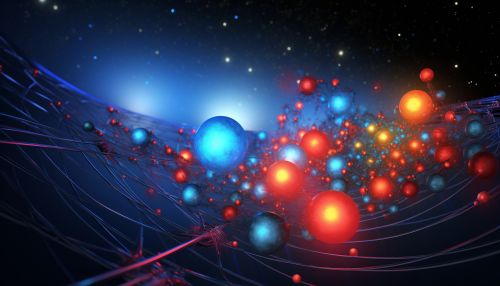
Quantum Mechanics
Quantum mechanics is a branch of physics that deals with phenomena on a very small scale, such as molecules, atoms, and subatomic particles. It is a fundamental theory in physics which describes nature at the smallest scales of energy levels of atoms and subatomic particles. The mathematical formulations of quantum mechanics are abstract and its implications are often non-intuitive.
Quantum Chromodynamics
Quantum Chromodynamics (QCD) is the theory of the strong interaction, a fundamental force describing the interactions of the quarks and gluons making up hadrons. It is a type of quantum field theory which is an extension of quantum mechanics. QCD is a fundamental aspect of the Standard Model of particle physics, and the strong force is one of the four fundamental forces of nature.

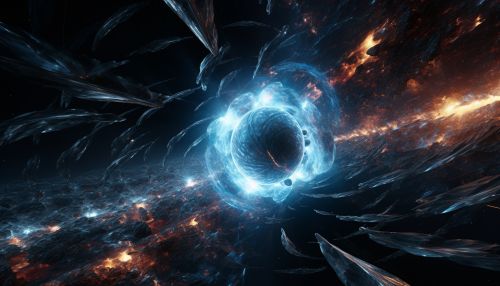
Principles of Quantum Mechanics in QCD
The principles of quantum mechanics are integral to understanding QCD. The principles of quantum mechanics that apply to QCD include the principles of superposition, wave-particle duality, uncertainty, and entanglement.
Superposition
In quantum mechanics, the principle of superposition states that any two (or more) quantum states can be added together, or "superposed", and the result will be another valid quantum state. This principle is a fundamental aspect of QCD, as it allows for the combination of quarks to form hadrons.

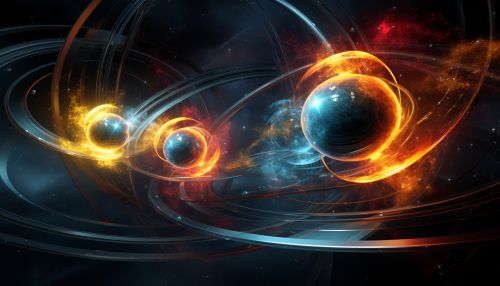
Wave-Particle Duality
Wave-particle duality is a key principle of quantum mechanics that states that all particles also have wave characteristics, and all waves have particle characteristics. This principle is integral to QCD, as it allows for the description of quarks and gluons as both particles and waves.
Uncertainty Principle
The uncertainty principle, also known as Heisenberg's uncertainty principle, is a fundamental concept of quantum mechanics. It states that the more precisely the position of a particle is determined, the less precisely its momentum can be known, and vice versa. This principle is integral to QCD, as it applies to the quarks and gluons that make up hadrons.
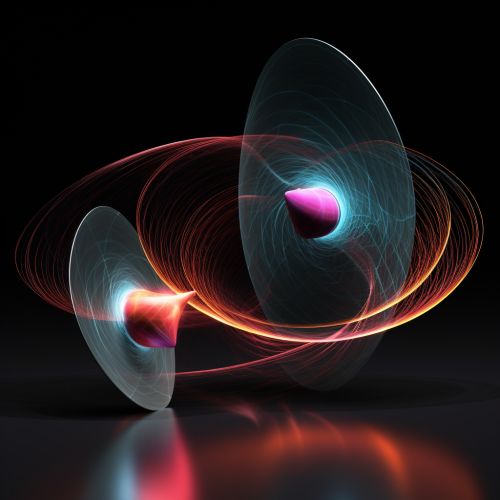
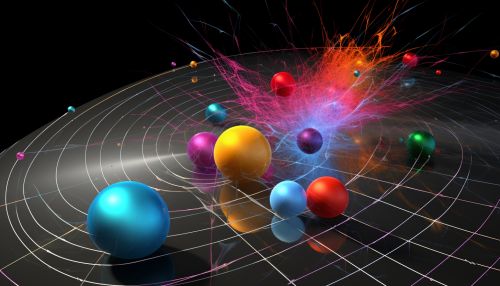
Quantum Entanglement
Quantum entanglement is a physical phenomenon that occurs when a pair or group of particles interact in ways such that the quantum state of each particle cannot be described independently of the state of the others. This principle is integral to QCD, as it allows for the strong interaction between quarks and gluons.
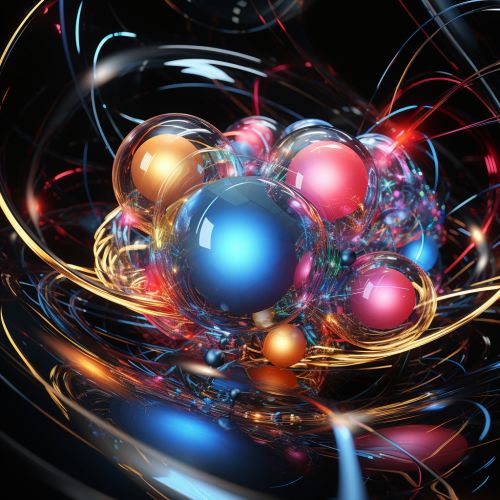
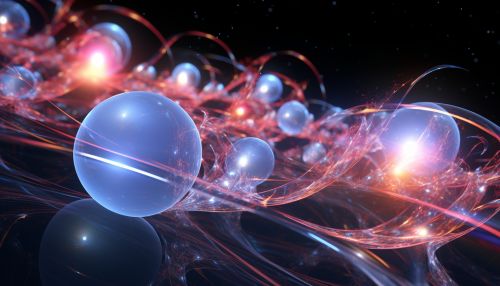
Conclusion
The physics of quantum mechanics is fundamental to understanding Quantum Chromodynamics. The principles of quantum mechanics, including superposition, wave-particle duality, uncertainty, and entanglement, are all integral to the theory of QCD. Understanding these principles and how they apply to QCD is essential for understanding the strong interaction and the behavior of quarks and gluons.
